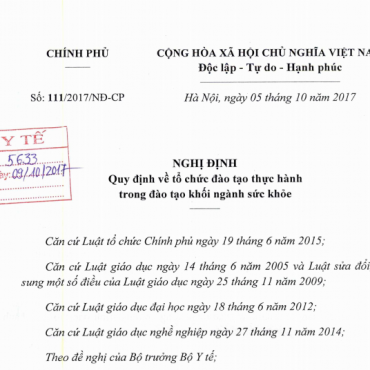|
NOVEMBER 15, 2020
| Don’t Miss AFP’s COVID-19 Resources |
Our COVID-19 collection is now organized by categories such as screening and diagnosis, prevention, treatment, and complications, to help you quickly find the topics you need. See the latest resources.
|
|
|
|
Attention-deficit/hyperactivity disorder (ADHD) is the most common neurodevelopmental condition in U.S. children, and affects 8.4% of children between two and 17 years of age. Children with ADHD are at risk of long-term morbidities, including poor academic performance, low self-esteem, difficult relationships, substance misuse, injury, and other maladaptive behaviors. This article presents evidence-based answers to common questions about the evaluation and management of childhood ADHD.
|
|
|
Initial evaluation of nonalcoholic fatty liver disease includes excluding other possible causes of hepatic steatosis such as alcohol or hepatotoxic medication use. Noninvasive tests such as a clinical decision aid or elastography can be used to determine the likelihood of fibrosis and guide further evaluation. Weight loss through diet and exercise is the primary treatment. Comorbidities should also be managed.
|
|
|
|
ADVERTISEMENT

|
|
Many adverse drug events present intra- or periorally in isolation or as a clinical symptom. Clinical recognition and treatment of adverse drug events are important to manage drug therapy or to detect early signs of serious outcomes. Oral manifestations of commonly prescribed medications include gingival enlargement, oral hyperpigmentation, oral hypersensitivity reaction, medication-related osteonecrosis, and xerostomia. Physicians should prescribe medications using the lowest effective dose with minimal duration. Oral adverse drug events can be managed several ways, including oral hygiene instructions and medication substitution.
|




















